Take a moment to Paws! Not only are dogs’ paws so deliciously sweet, they keep our best friends moving.
Some trivia: the word “Paw” comes from the early 14th-century old French word- paue, which means “hand or foot of an animal which has nails or claws.”
Anatomy of a Paw
Dog’s paws are made up of skin, ligaments, tendons, tissue and of course bones. Paws have five components: digital pads, metacarpal pads, carpal pads claws and dewclaws
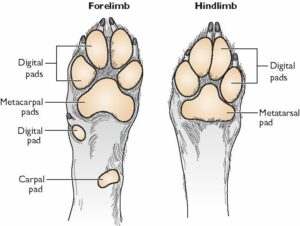
Pads
Did you know that dog’s pads are as sensitive as human feet? Digital and metacarpal pads act as shock absorbers and help protect the bones and joints of the foot. Carpal pads work like brakes, helping dog’s navigate slippery or steep areas.
Although pads seem tough and they do have a layer of fatty tissue, they can easily be injured on surfaces that are too hot or cold or from chemicals, glass and other debris they step on. In cold weather, dogs’ paws can crack and bleed. Chemicals that melt ice can burn them. When the mercury rises, dogs can blister and burn their paws on hot surfaces such as pavement, asphalt and sand.
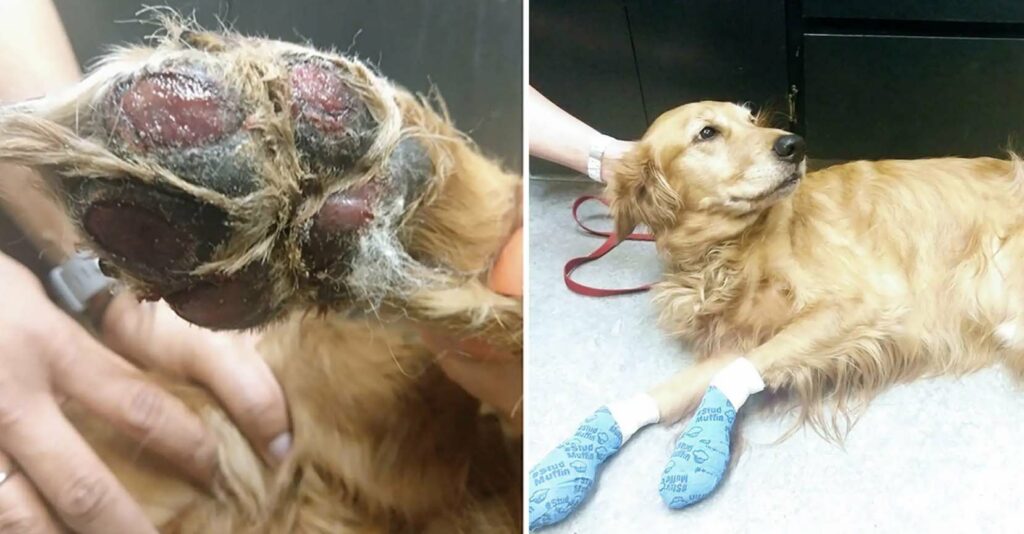
Pads do offer some protection from rough terrain, especially if they’ve been repeatedly exposed to rough surfaces, but they can still be injured by stepping on sharp objects.
One interesting fact about dogs’ paws is that they contain sweat glands. A misconception is that they are effective in cooling dogs on hot days. They opposite is true. While the merocrine glands (located in the inner layer of skin on the paw) is a sweat gland, dogs release very small amounts of sweat through their paws and if paws get too hot it can actually trigger heatstroke.
Toes & Declaws
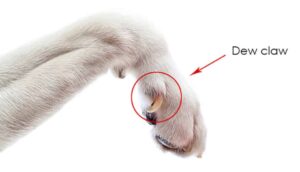
Dog’s are digitrade animals- meaning they bear most of their weight on their toes- not their heels. Unlike us, they can’t wiggle their toes as freely as we can. Declaws are essentially the thumbs and big toes of the dog world. They are not directly equivalent to our structures, of course, but they are similar. Dogs almost always have dewclaws on the inside of the front legs and occasionally also on the hind legs Unlike front dewclaws, rear dewclaws tend to have little bone or muscle structure in most breeds. Dewclaws are not dead appendages. They can be used to lightly grip bones and other items that dogs hold with the paws. In some dogs, these claws may not appear to be connected to the leg at all except by a flap of skin; in such dogs, the claws do not have a use for gripping as the claw can easily fold or turn.
Shapes, Sizes & Odor
Like human feet, dog’s paws come in all shapes and sizes, depending on what the breed was bred for. Retrievers and other hunting dogs for example have webbed paws- ideal for swimming. And, like our feet- dog’s feet can smell too. (but less stinky) Usually dog’s paws can smell like corn chips, and while this delightful aroma is due to bacteria and fungi, it’s generally harmless.
Caring for their Paws
One of the most important things you can do is invest in some dog shoes or booties to protect against weather elements and other injury.
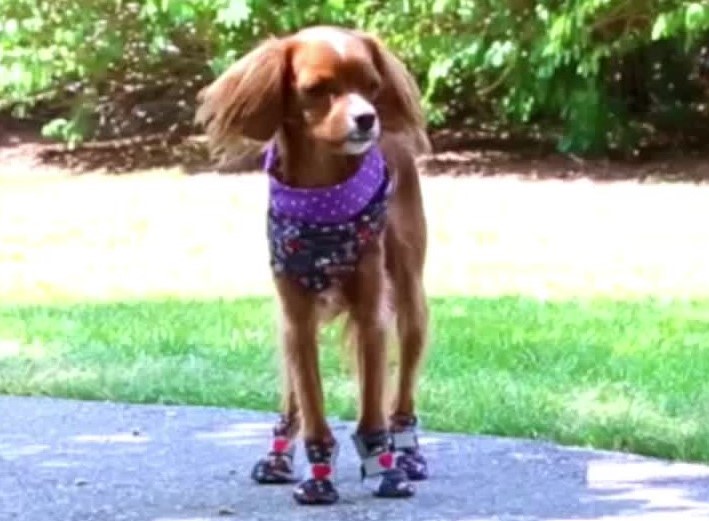
Check your pup’s paws often to make sure they aren’t cracked or cut. Don’t forget about massage. Dog’s love massages as much as we do. A paw massage can relax your dog and promote better circulation. Try rubbing between the pads on the bottom of the paw, and then rubbing between each toe.




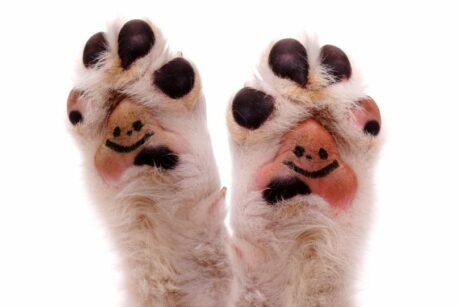

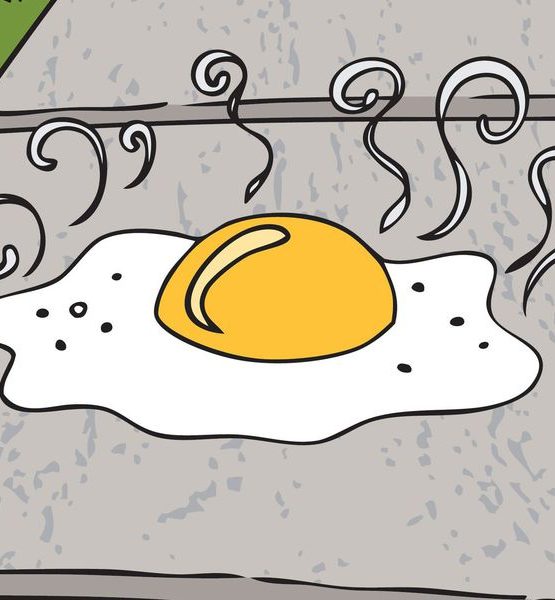
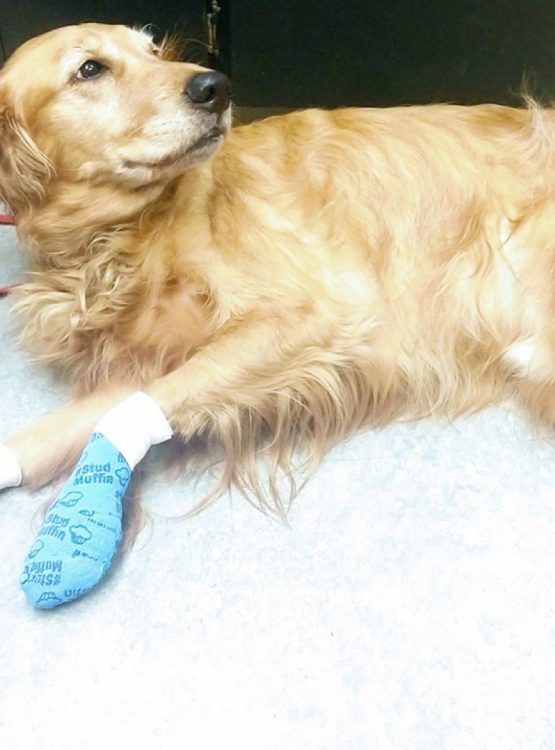

Order status changed from Pending payment to Processing.
Order was shipped with Canada Post and tracking number is: LM175734714CA
Order was shipped with Canada Post and tracking number is: LM175734881CA
Order status changed from Processing to Shipped.